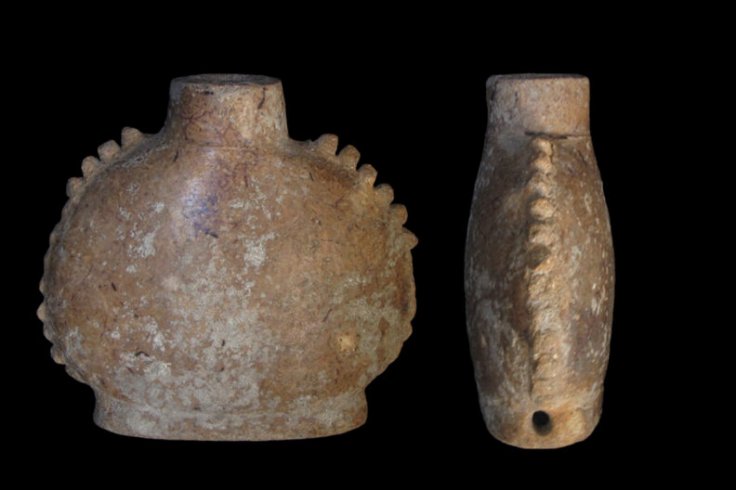For the first time in history, scientists from Washington State University (WSU) have found the presence of a non-tobacco plant inside ancient drug containers belonging to the Mayan Civilization.
The researchers detected Mexican marigolds in remnants taken from 14 miniature Mayan ceramic vessels, which were buried more than 1,000 years ago on Mexico's Yucatán peninsula.
As per the study, which was published in Scientific Reports, these ancient vessels, locally known as "veneneras", also contained chemical traces in two types of dried and cured tobacco, Nicotiana tabacum and N. rustica. Mario Zimmermann, an anthropology postdoc in WSU, said it is possible that the Mexican marigold and tobacco were mixed to make smoking more enjoyable.

Ancient Maya Drug Use
This discovery has helped scientists paint a clear picture of ancient Mayan drug use. It also paved the way for future studies involving other types of psychoactive and non-psychoactive plants that were chewed, smoked or snuffed by people belonging to the Mayan Civilization and other pre-Colombian societies.
According to Zimmermann, while tobacco was commonly used across South and North America in ancient days, evidence of other plants used for medicinal or religious has remained largely unexplored. "The analysis methods developed in collaboration between the Department of Anthropology and the Institute of Biological Chemistry give us the ability to investigate drug use in the ancient world like never before," he added.
A co-author of the study, David Gang, a professor at WSU's Institute of Biological Chemistry, explained that there was an issue in identifying ancient plant residues. But the new approach by the researchers can reveal all the missing details.
"The issue with this is that while the presence of a biomarker like nicotine shows tobacco was smoked, it doesn't tell you what else was consumed or stored in the artifact. Our approach not only tells you, yes, you found the plant you're interested in, but it also can tell you what else was being consumed," Gang said.
Ceremonial Vessels

Zimmermann helped unearth two of the ceremonial vessels that were used for the analysis in 2012. "Normally, you are lucky if you find a jade bead. There are literally tons of pottery sherds but complete vessels are scarce and offer a lot of interesting research potential," he added.
The university research team is currently negotiating with several institutions in Mexico to get access to more ancient containers that can be analyzed for plant residues. The team is currently pursuing another project to find out organic remnants preserved in the dental plaque of ancient human remains.
Shannon Tushingham, a professor of Anthropology at WSU and a co-author of the study, said the WSU research team is expanding frontiers in archaeological science so that they can better investigate the deep relationships people used to have with a wide range of psychoactive plants, which were consumed by humans all around the world.
"There are many ingenious ways in which people manage, use, manipulate and prepare native plants and plant mixtures, and archaeologists are only beginning to scratch the surface of how ancient these practices were," said Tushingham.
According to another study, drugs, drinks and ritual enemas were used in the sacred ceremonies practiced all across Mesoamerica, a historic region in North America that extended from approximately central Mexico through Belize, Guatemala, El Salvador, Honduras, Nicaragua and northern Costa Rica.
As per a paper, published in Science Direct, using or combining different psychoactive plants with intoxicating elixirs was common in ancient times. Consumption of many of these substances dates back to the Olmec era, from 1200 to 400 BCE.









